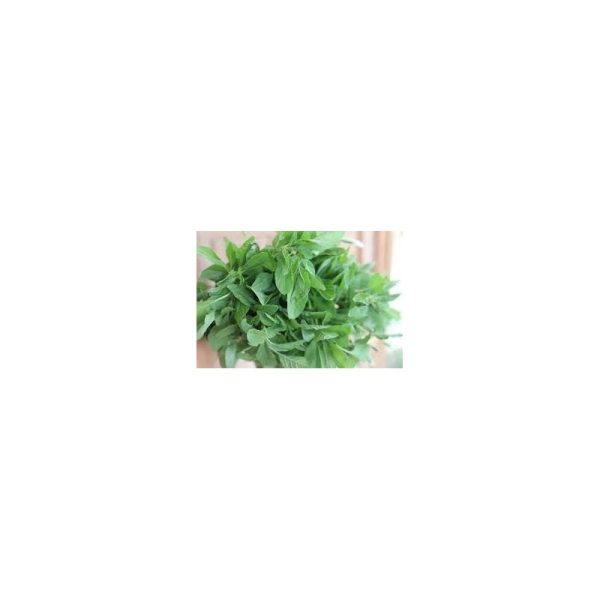Growing Ash Gourd Guide | How to Grow Ash Gourd
Growing Ash Gourd throughout the year is easy and fun! Read ahead to learn more about this interesting and rewarding plant!
Commonly known as the Winter melon and Chinese watermelon, Ash gourd is native to Japan is found commonly throughout India. When touched, the fruit leaves an ash-like residue on hands. That’s the reason behind its interesting name! Here’s all you need to know about growing Ash gourd!
How To Grow Ash Gourd

Propagation
Ash gourd is propagated via seeds, in pots, ground, or seedling trays. Before sowing, soaking them overnight will increase the chances of successful germination. When young plants grow 5-6 leaves, thin out the weak ones. Within 2-3 weeks of sowing, they’ll be ready for transplanting.
Climate
It is a warm-weather crop that thrives in tropical regions, where the temperature ranges from 77-85 F (25-30C). It’ll also do great in regions with heavy rainfall and humidity. Beware of extreme cold and frost; Ash gourd is susceptible to damage in such climate. It’s advisable to bring the plant indoors to keep it safe if you’re growing them in containers.
Choosing a Container
Ash gourds are heavy feeders and they need lots of water. You will need a large, 16-20 inches pot, with drainage holes. Do make sure that it’s 10-12 inches deep. You can grow 2 plants in one container also.
Requirements For Growing Ash Gourd

Position
While growing ash gourd, it’s best to choose a spot with full sun for optimum growth. In hot summers protect the plant from the afternoon sun. As it’s a vining plant, you’ll either have to provide enough space for it to sprawl or place it near a fence or wall for support.
Soil
Although it can do well in a variety of soil, well-drained, loamy soil is the best. For a bountiful harvest, enrich the soil with organic matter.
Watering
In the initial growth stage, water every 3-4 days. When the plant starts to flower and fruit, increase the rate to every alternate day. Avoid overwatering the plant as it may cause root rot.
Support
Being a vining plant, growing ash gourd will need support. Some people allow it to sprawl on the ground, but it has two disadvantages–Improper air circulation and wastage of space. Plus, it can cause harm to other low growing plants. Providing a support structure, such as a trellis, poles, or stake, nearby the planting site, is advisable.
Ash Gourd Plant Care

Fertilizer
Ash gourd is not a demanding plant and will do fine without fertilizers. Still, if the soil lacks nutrients, you can apply an all-purpose fertilizer at the time of planting. If the plant shows weak growth, fertilize again.
You can also enrich the soil with compost or well-rotted aged manure. Regular inputs of organic matter is also going to help the plant.
Pests and Diseases
Red beetle, fruit fly, caterpillars, and aphids, can cause severe harm to plant. They can be taken care by spraying a jet of neem oil mixture.
Also, while growing ash gourd, be aware of the mosaic virus, powdery and downy mildew. Avoid putting water on the leaves to save the plant from these diseases. If affected, uproot it.
Harvesting
Within 45 to 90 days, fruits will be ready for harvest. The time may vary slightly depending on the variety and conditions. The stem attached to the fruit is quite thick, so take the help of clippers for harvest. When the fruit’s coating becomes waxy, it’s time to pick them up! Wash the fruits properly before storing them.





















Reviews
There are no reviews yet.